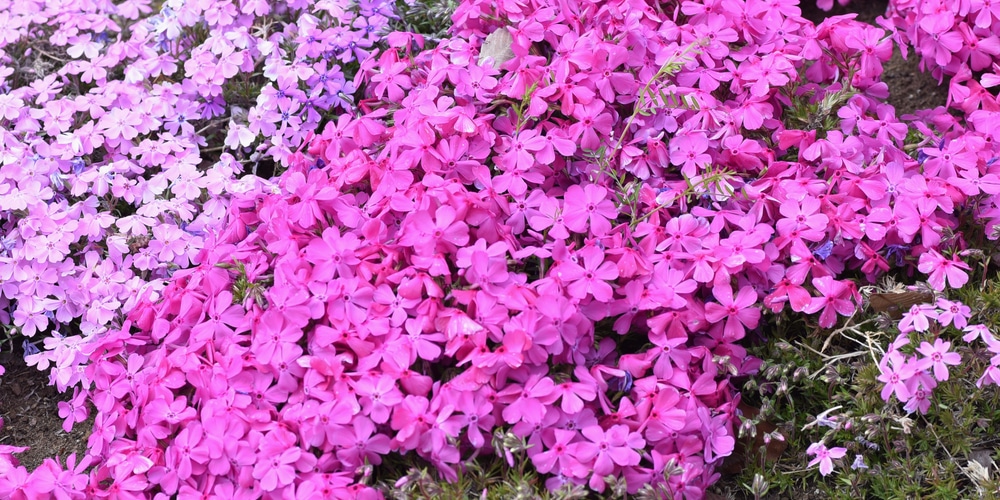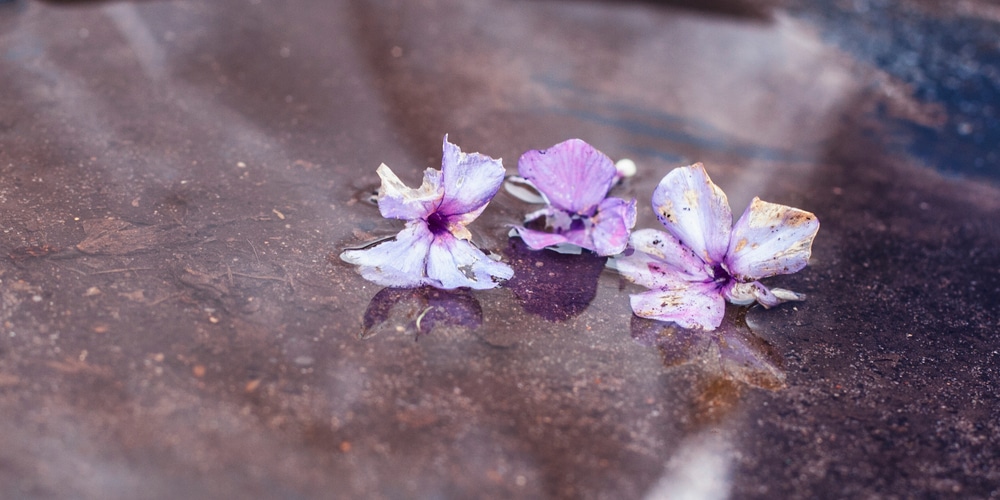If you’re reading this article, you more than likely already know what deadheading is.
But just in case, deadheading is the process of cutting off spent flowers from a plant. Many gardeners do this to keep their plants looking tidy, encourage more blooms, or prevent the plant from going to seed.
You may be wondering why it’s not a good idea to let your plants reseed themselves. The explanation is simple. Seedlings have been proved to be a little bit inferior in quality compared to their parent plants. That’s why a majority of cultivars don’t come from seeds.
This article will answer the question, ‘should I deadhead garden phlox?’
What is Garden Phlox?
Garden phlox (Phlox paniculata) is a sun-loving, herbaceous perennial that’s native to the eastern United States. It’s a very popular plant among gardeners because it’s somewhat easy to grow and maintain in USDA hardiness zones 4-8.
This plant typically blooms in mid-summer and can reach heights of 2-4 feet. The flowers are very fragrant and come in a variety of colors, including white, pink, purple, and red. Garden phlox can be used as a border plant, groundcover, or in mass plantings.
The Case for Deadheading Phlox
There are a few reasons why you might want to deadhead your garden phlox.
For one, it can help extend the blooming period. If you cut off the spent flowers, the plant will often produce more flowers. Not only does this look nicer, but it can also attract more pollinators to your garden.
Another benefit of deadheading is that it can help prevent the spread of disease. If you leave the spent flowers on the plant, they can begin to rot. This can lead to fungal diseases that can spread to other parts of the plant or even other plants in your garden.
Finally, deadheading is important if you want to prevent your garden phlox plants from self-seeding. If you let the plant go to seed, the resulting seedlings may not be true to the parent plant.
The Case Against Deadheading Phlox
There are also a few reasons why you might not want to deadhead your garden phlox.
For one, it can be time-consuming. If you have a large garden, it may not be practical to spend so much time deadheading each and every flower.
Another reason is that some gardeners prefer the natural look of plants that are allowed to go to seed. If this is the look you’re going for, then there’s no need to deadhead.
Some gardeners also find that deadheading actually decreases the number of flowers their plants produce. If this is the case, you may be better off leaving the spent flowers on the plant.
How to Deadhead Garden Phlox
If you’ve decided that deadheading is right for your garden phlox, here’s how to do it.
Start by finding a pair of sharp scissors or pruning shears. You’ll also need a small bucket or container to collect the spent flowers.
Next, locate a flower that’s beginning to fade. Using your scissors or pruning shears, cut the stem about an inch below the flower.
Repeat this process until all of the spent flowers have been removed.
Once you’re finished, dispose of the spent flowers in the trash or compost bin.
Additional care tips for garden phlox plants
To make sure that your plants thrive in the best way possible, it’s important to provide them with the proper care.
Here are a few tips:
Watering
Water regularly during the first few weeks, especially during dry spells; garden phlox plants like to stay moist but not soggy. Once the first few weeks have passed, water often – just enough to keep the soil slightly moist.
You’ll be better off applying the water to the soil as opposed to the foliage as you want the leaves to remain as dry as possible. You can use a small layer of mulch around the plant to help the soil retain moisture more.
Feeding
Fertilize your garden phlox plants lightly at planting time and just before the blooming starts using a well-balanced 10-10-10 fertilizer. You can also use compost or manure to give them an extra boost.
Spacing and aeration
Garden phlox plants need room to grow – make sure to space them at least 18 inches apart to 24 inches max when planting. That way, the plants will have enough room for air circulation, especially if they are growing in a hot, humid region.
Proper aeration is especially vital for garden phloxes as it keeps powdery mildew to a minimum.
Should I Deadhead Garden Phlox?: Conclusion
As you can see, there are both pros and cons to deadheading garden phlox. It’s up to you to decide if it’s something you want to do or not. There’s no right or wrong answer.
Ultimately, it comes down to personal preference.
Related Article: Purple Phlox Care

